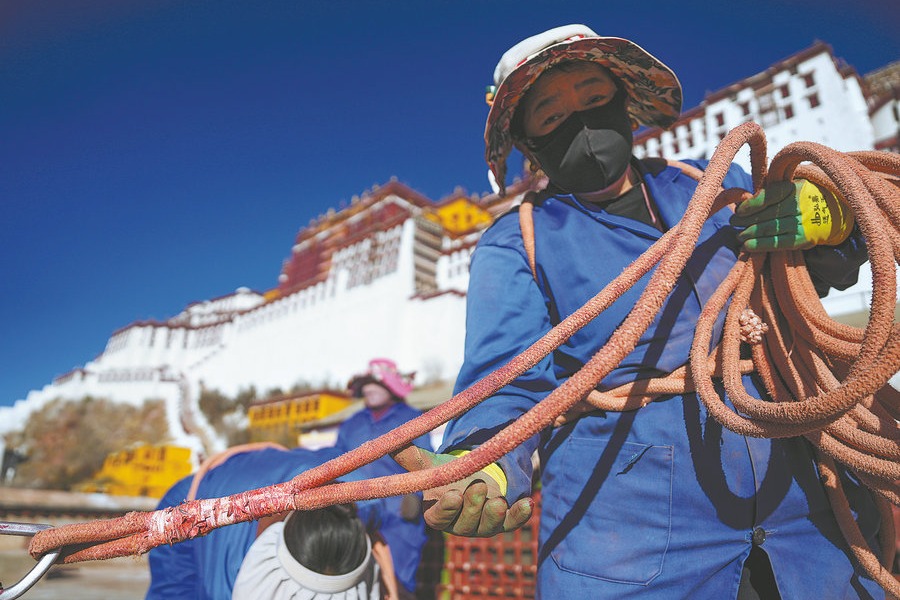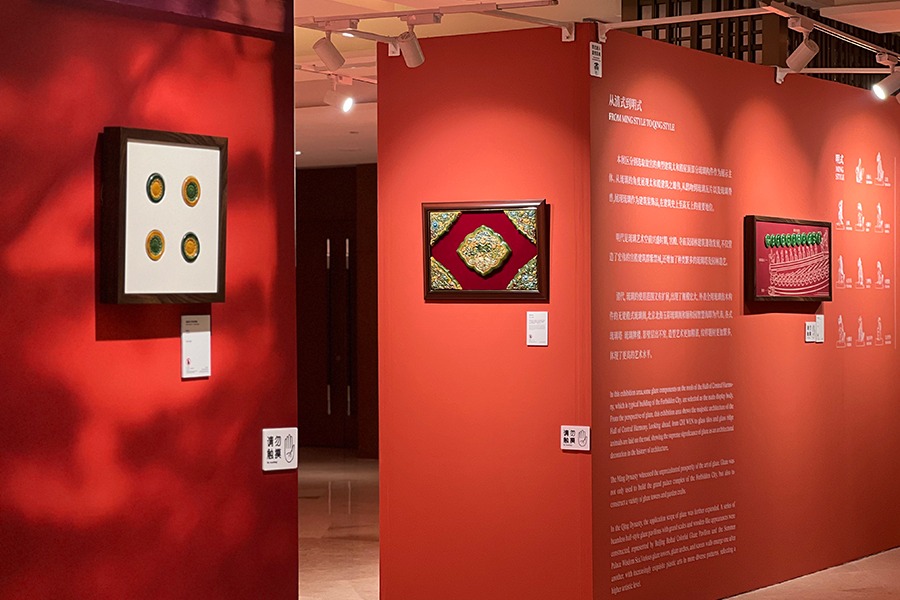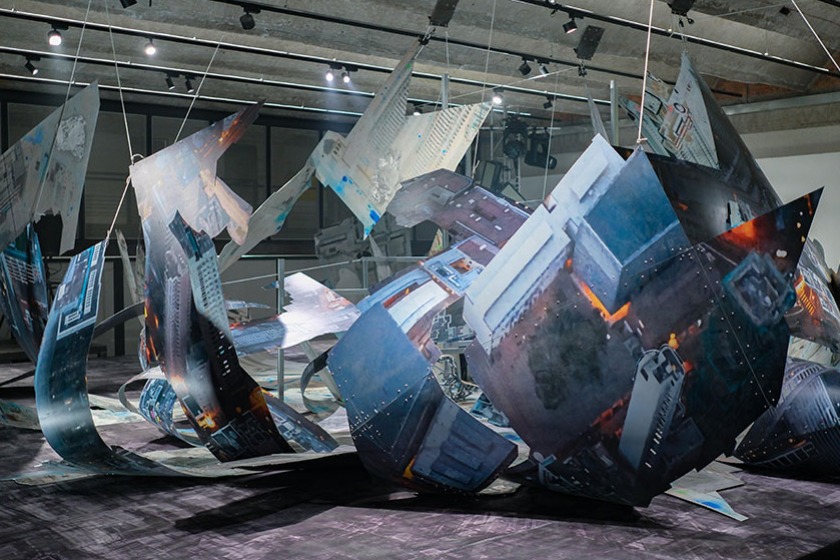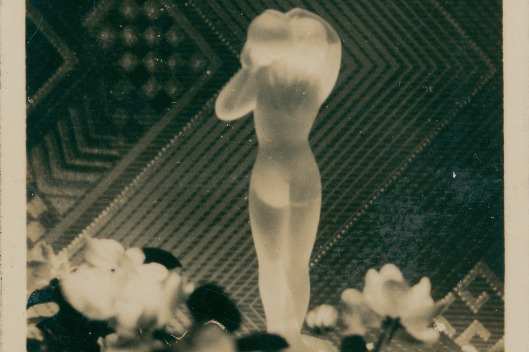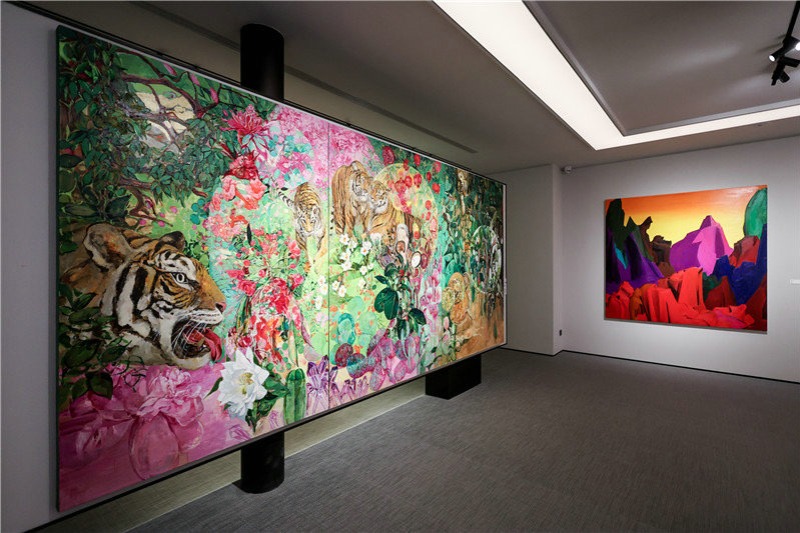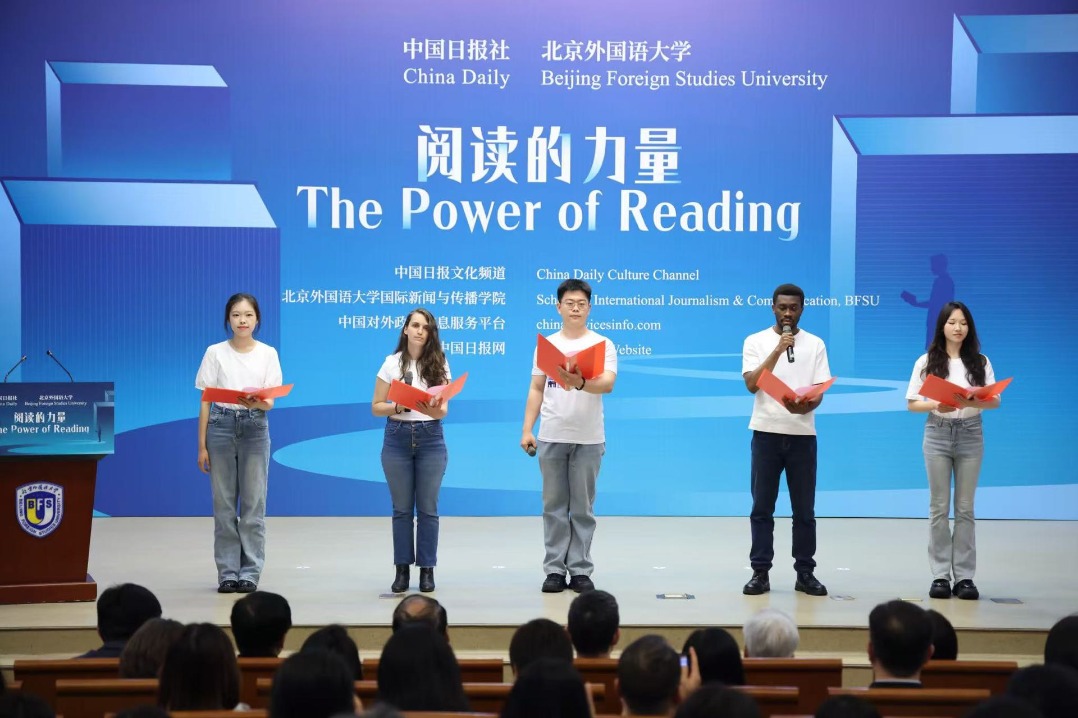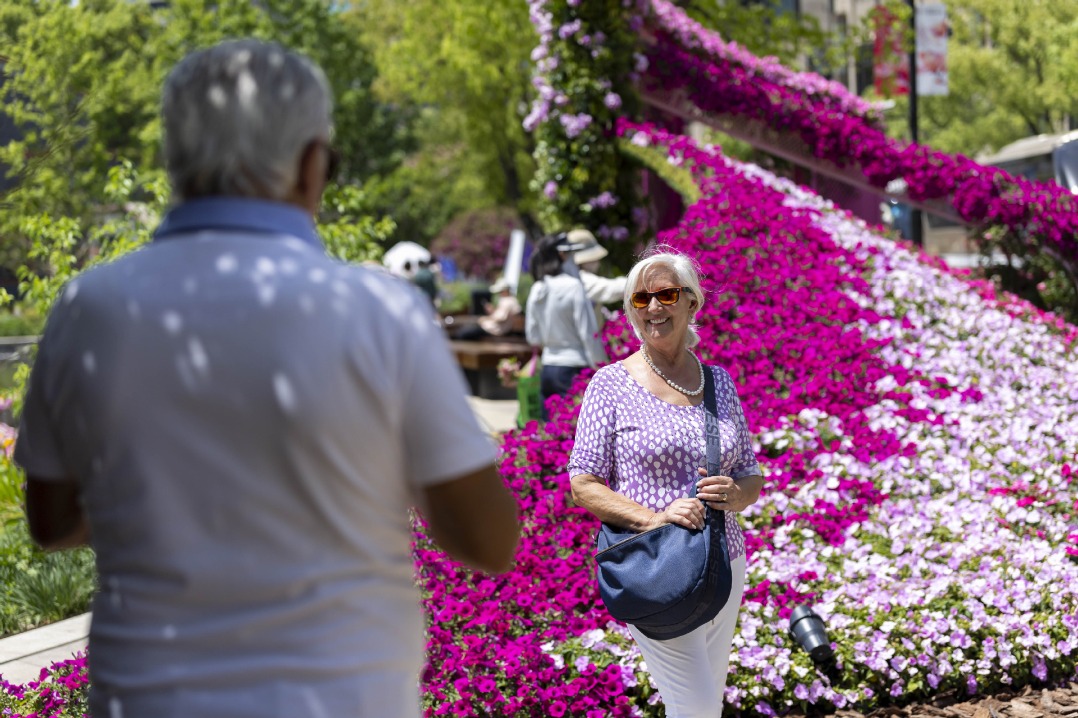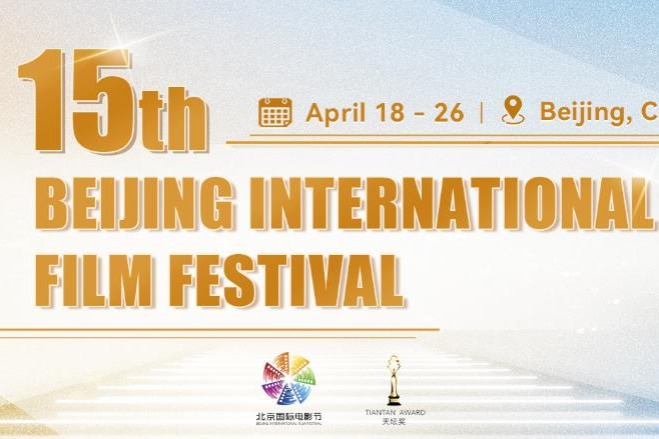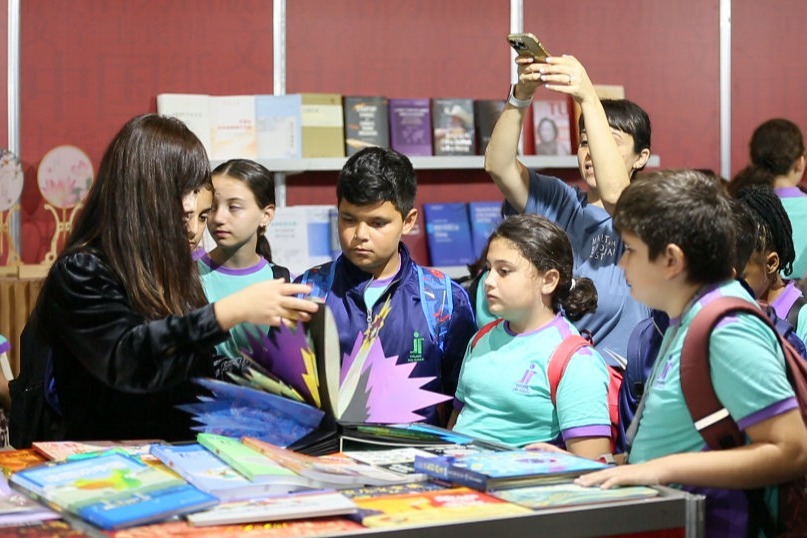Potsdam Conference venue focuses on China, Asia theater of war


A caricature of Tin Tin's China adventure, a Kar98K rifle Germany sold to China, and the diary of John Rabe-"China's Oskar Schindler"-can now be admired at the Cecilienhof Palace in Potsdam, about 40 kilometers from Berlin, Germany.
These artifacts are part of a special exhibition that Germany is holding to commemorate the 75th anniversary of the Potsdam Conference, and is unprecedented in its focus on the battles in China and Asia during World War II.
The Cecilienhof Palace was the location of the Potsdam Conference held in July and August 1945.
From July 17 to Aug 2, 1945, Soviet leader Joseph Stalin, US President Harry Truman, and British Prime Minister Winston Churchill (later replaced by Clement Attlee), met at the palace, built for Kaiser Wilhelm II and his wife in the early 20th century, to discuss the future of Germany which had already surrendered, Japan that was still at war, and the postwar order.
Dr Juergen Luh, a historian and exhibition curator at the Prussian Palaces and Gardens Foundation Berlin-Brandenburg (SPSG), the administrative body of Cecilienhof, says that the conference was originally planned to be held in Berlin, but the German capital was severely damaged and had no appropriate venue to host the event. Eventually, the almost intact Cecilienhof Palace was chosen.
The table around which Stalin, Churchill and Truman negotiated the aftermath of the war is on display as it was 75 years ago. Next to the room are the three offices that the Big Three (Britain, the United States and the Soviet Union) had once used. On Churchill's writing desk visitors can see his walking cane, Panama hat, and a Dunhill cigar tube. All of them are original.
Named Potsdam Conference 1945-Shaping the World, the exhibition tells the story how the conference prompted Japan's unconditional surrender and sculpted post-war Germany, and the world as it would look like during the Cold War.
At the exhibition, which runs until Nov 1, visitors can experience a multimedia journey back to those fateful days in the summer of 1945.
During the Potsdam Conference, more than two months after the surrender of Nazi Germany, the war in Asia was still raging. On July 26, the US, Britain and China issued the Potsdam Proclamation, calling for the unconditional surrender of Japan.
The exhibition includes a short movie, depicting the war between Japan and China from the Mukden Incident on Sept 18, 1931, when Japan occupied Northeast China. Other major incidents are also introduced, like the Lugou Bridge Incident (also known as the Marco Polo Bridge Incident), the Nanjing Massacre, and the building of Kunming-Burma Road, a lifeline to supply China after the sea and land routes were cut off.
The video footage shows Japanese soldiers killing unarmed Chinese citizens or burying them alive. It tells not only of the frontline battlefields of the Chinese national army led by the Kuomintang, but also the resistance battles led by the Communist Party of China in Japanese-occupied areas.
Luh said that people in the West usually only pay attention to the European theater. Many of them don't even know that the war had already started before Germany invaded Poland.
"The special exhibition focuses more on Asia during the war. We need to tell visitors what was going on in Asia. It's part of our history," Luh says.
Rabe's diary recorded the cruel massacre of citizens after Japanese troops occupied the Chinese capital of the time, Nanking (Nanjing).A German Siemens representative, Rabe helped establish the Nanking Safety Zone that sheltered approximately 200,000 Chinese people from slaughter during the massacre.
Days after the Potsdam Conference, the US dropped atomic bombs on Japan's Hiroshima and Nagasaki, killing tens of thousands of people and destroying the two cities. In the meantime, the Soviet Red Army launched an offensive against Japan-occupied Manchuria, Northeast China. The two moves prompted Japan to surrender unconditionally to the Allied Powers on Sept 2, 1945, on the USS Missouri in Tokyo Bay.
"The world does not need another Cold War," Luh says. "People should draw lessons from history that countries should put ideological differences aside, and cooperate together," the historian says.
"This is what we need to be a safe and peaceful world."
Xinhua



















